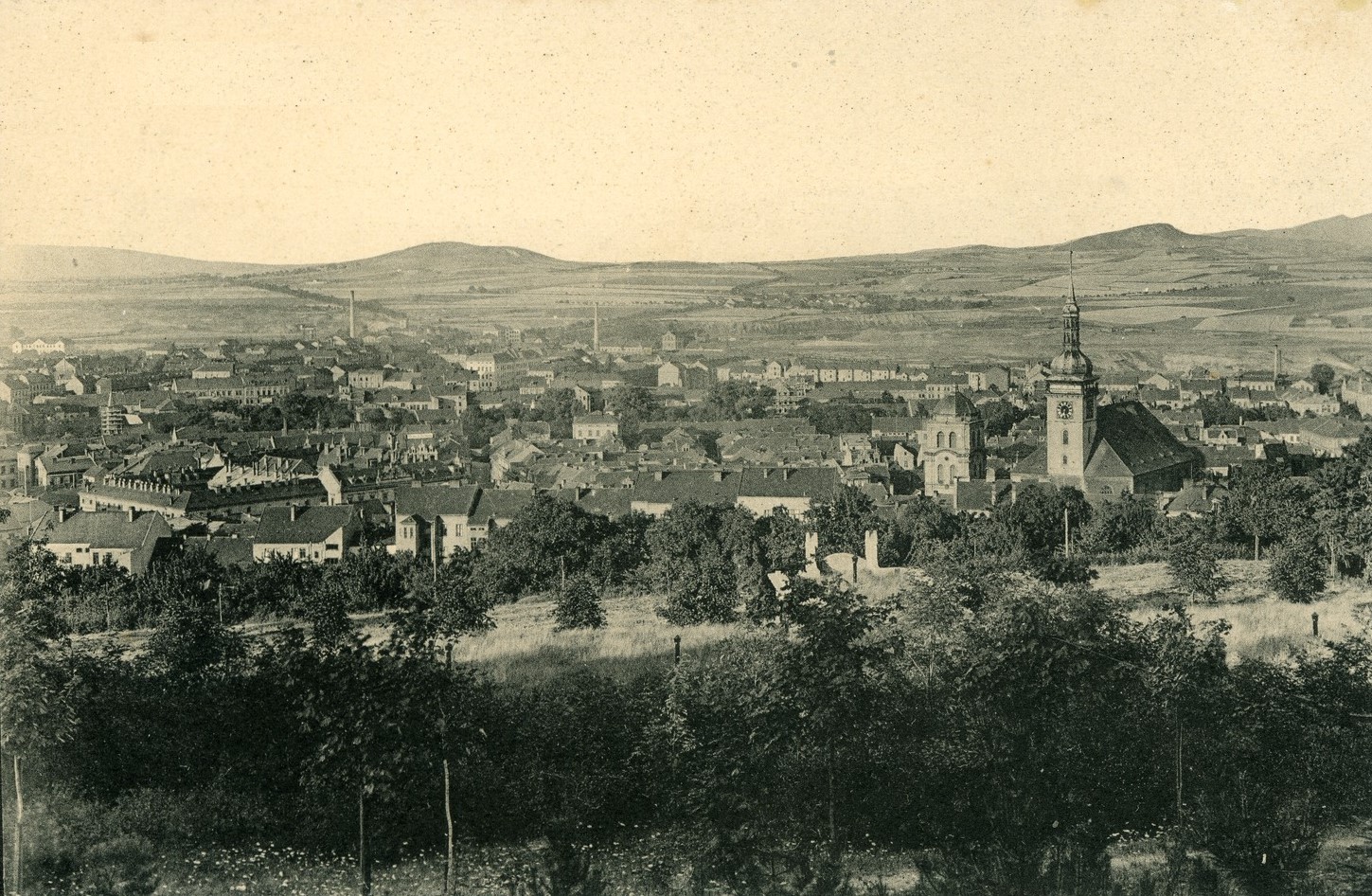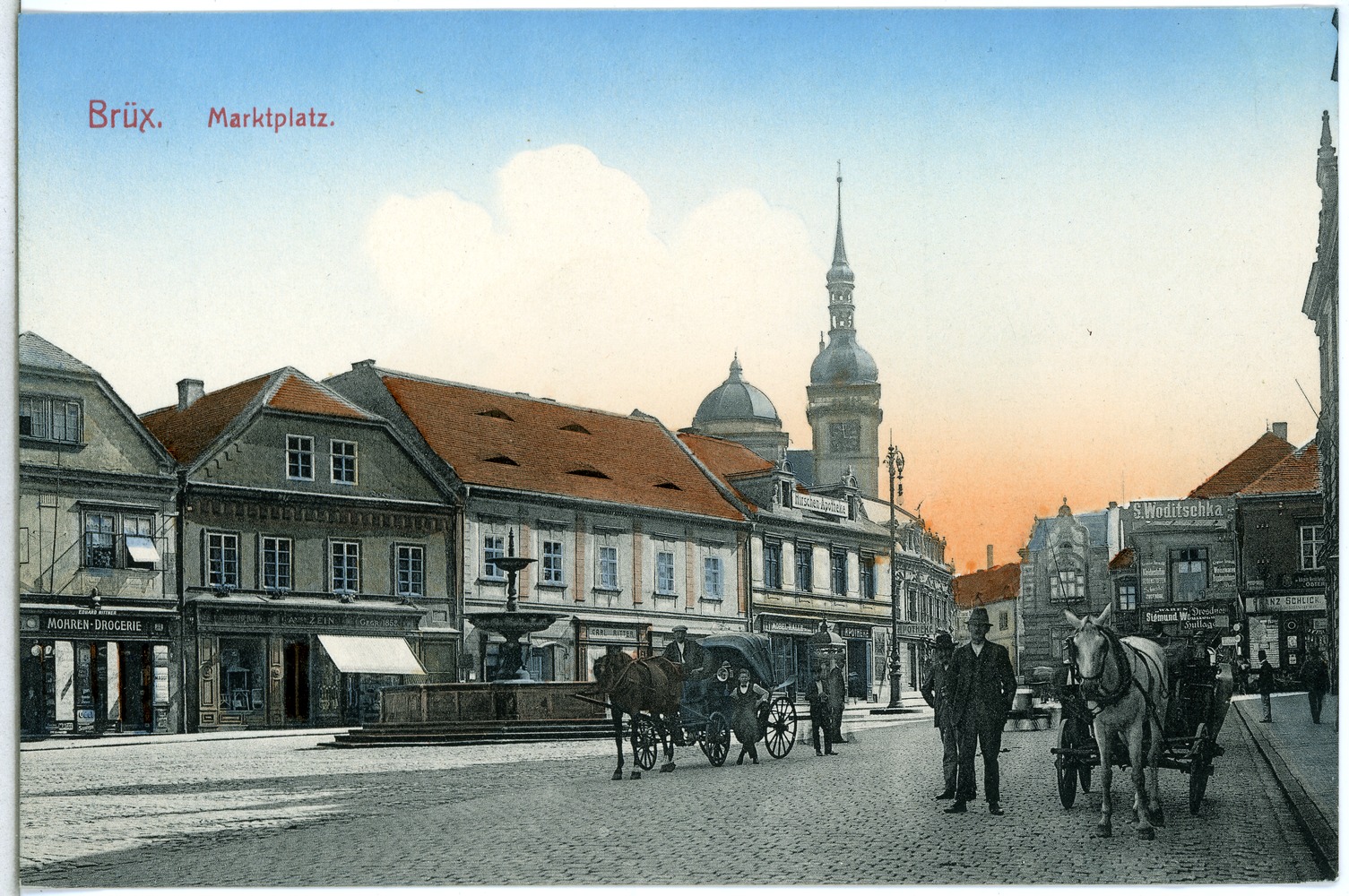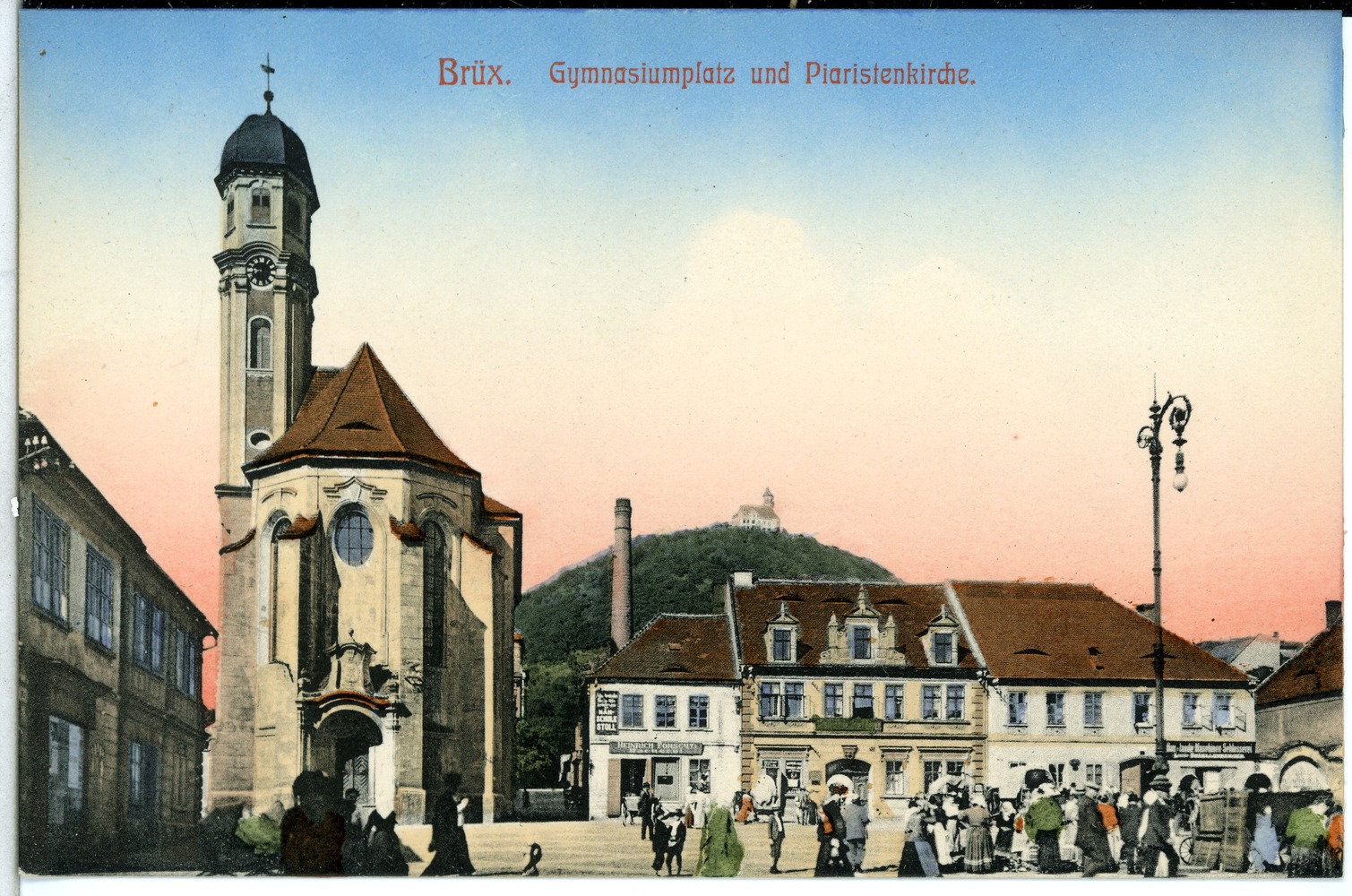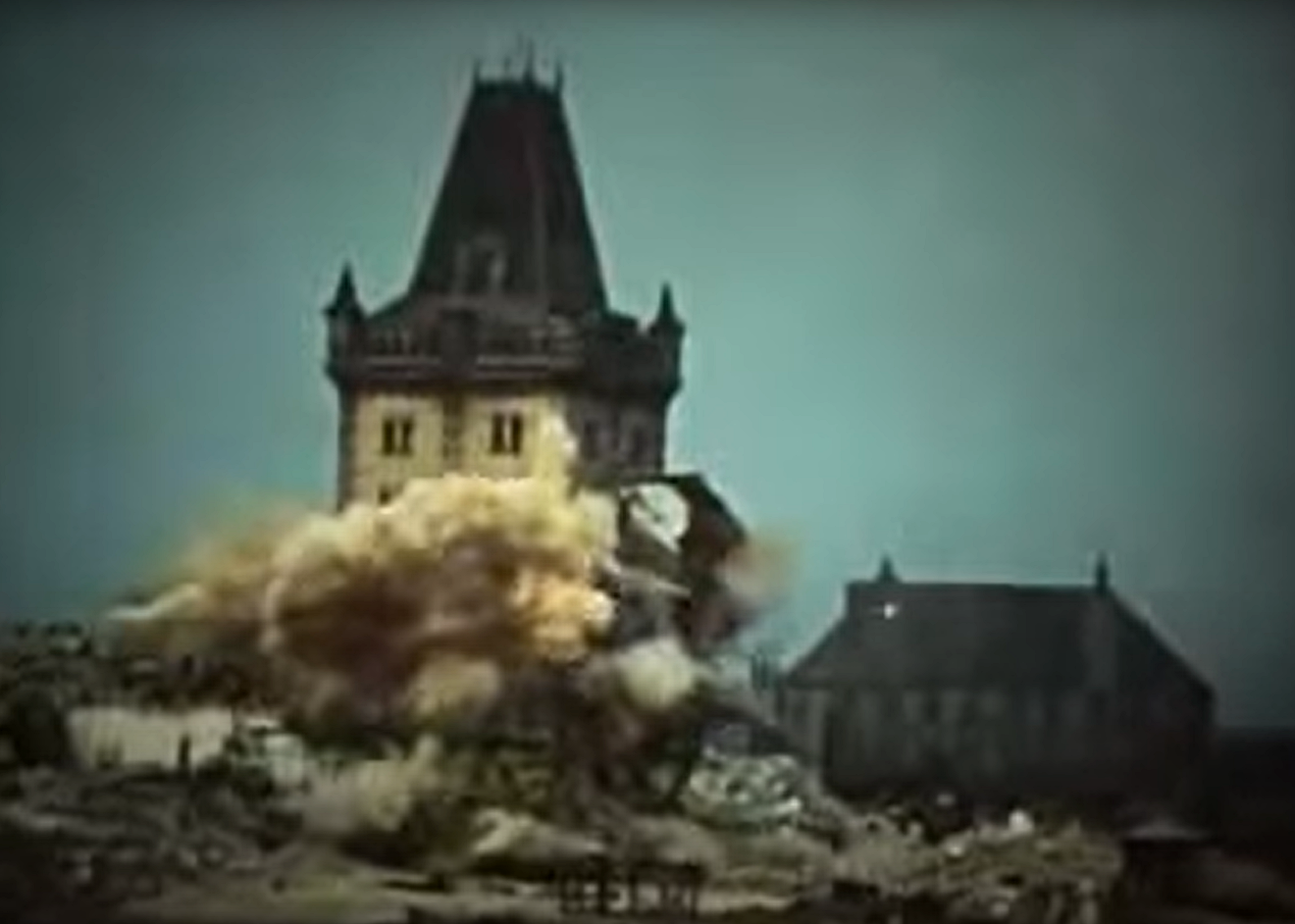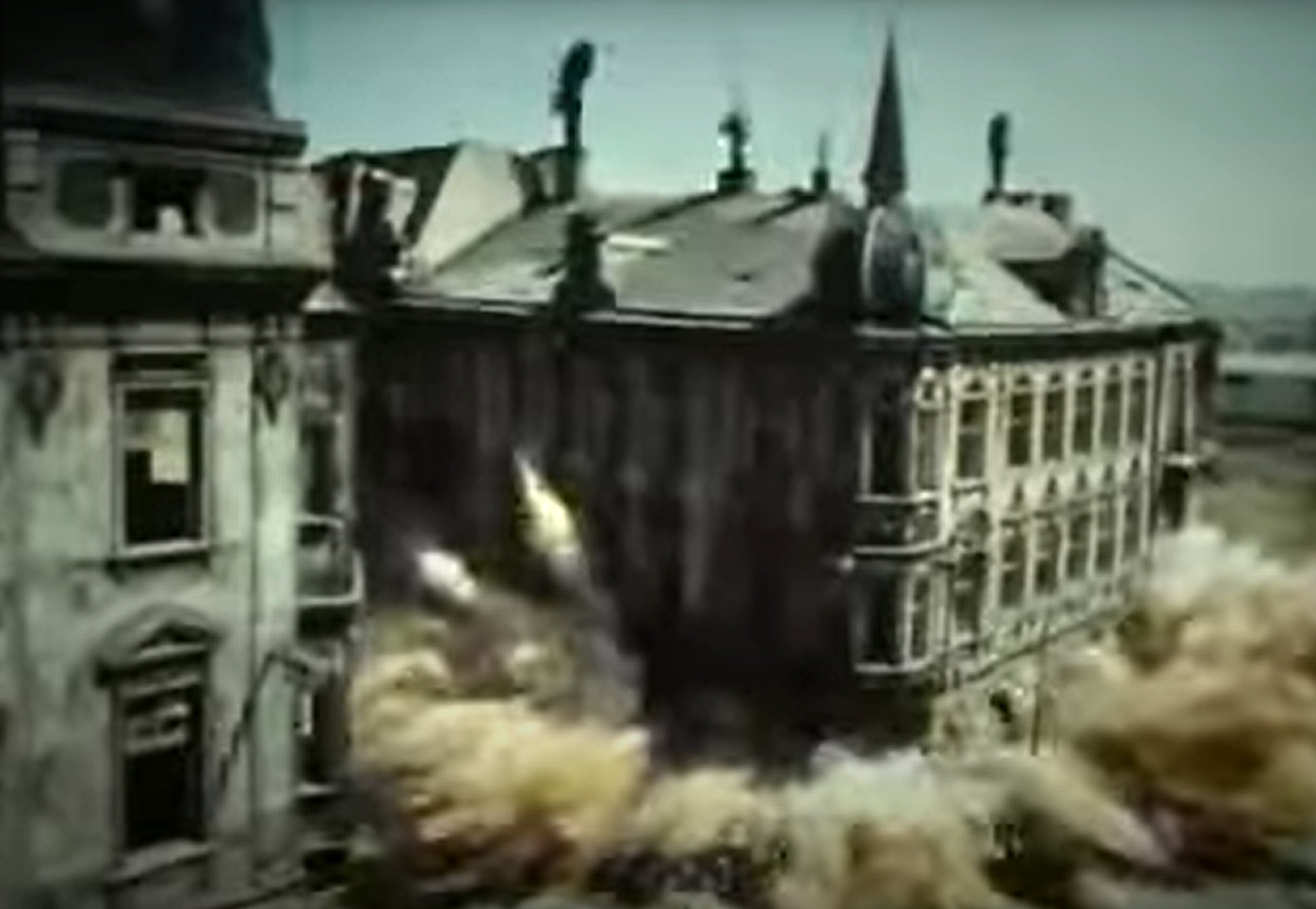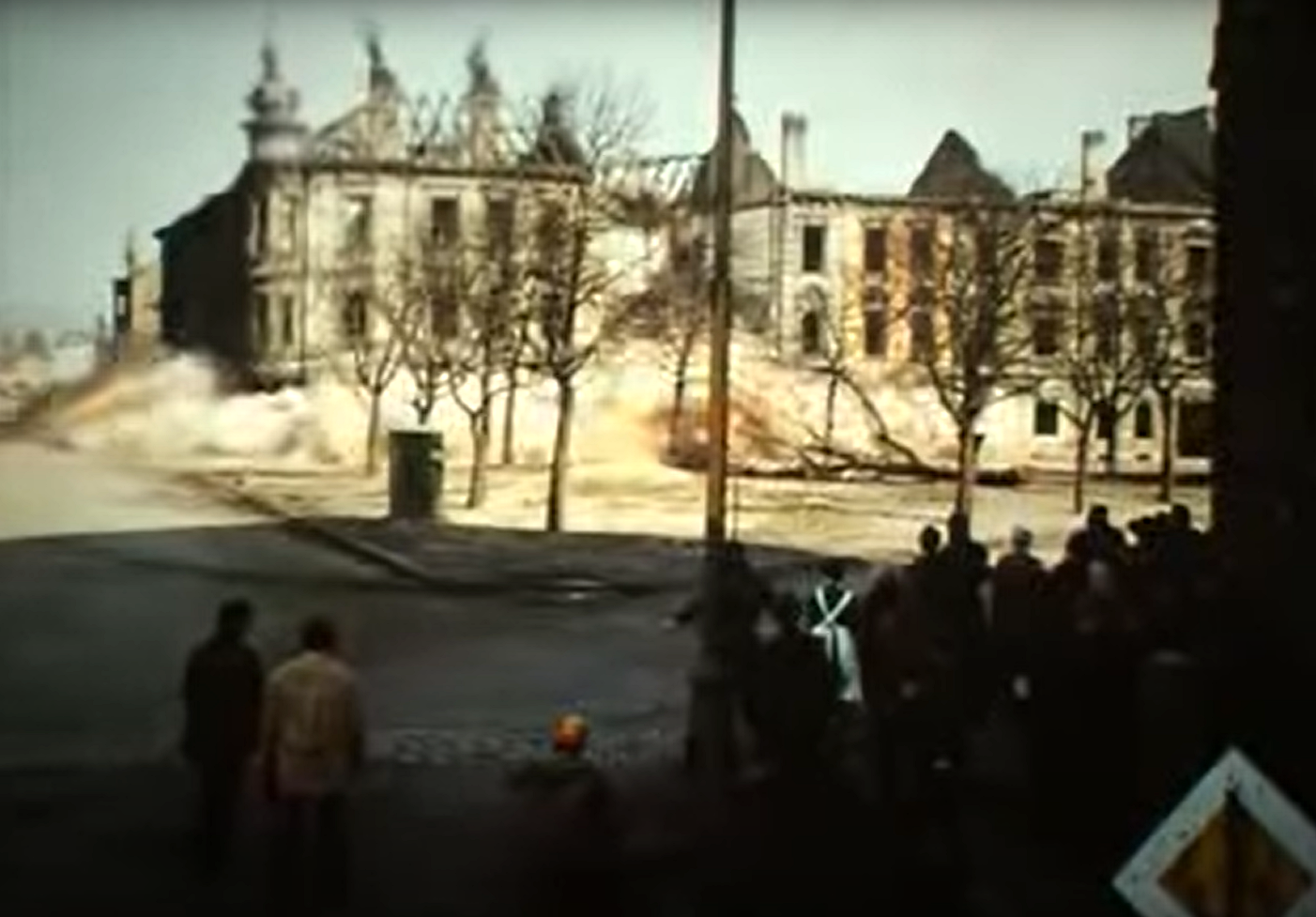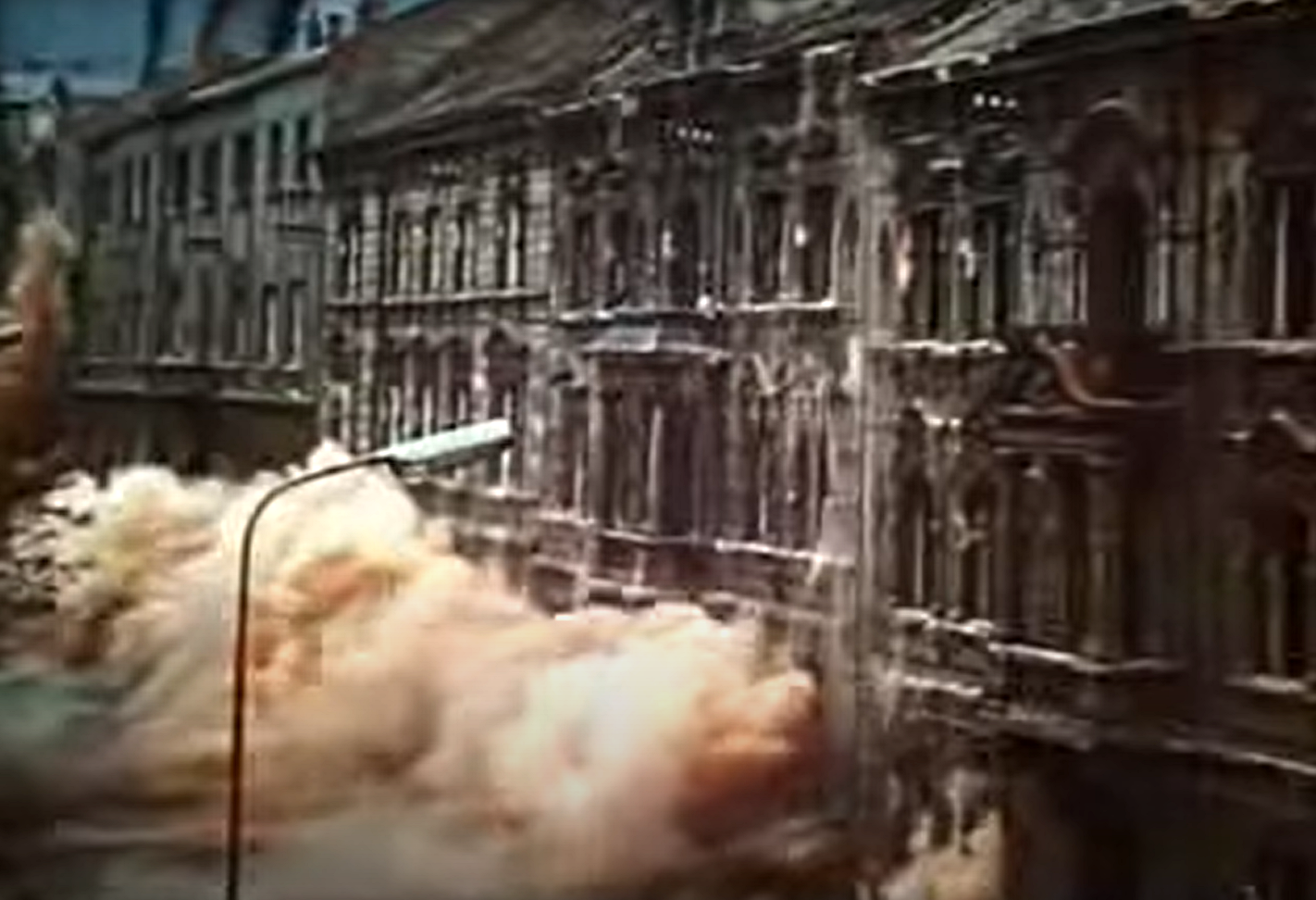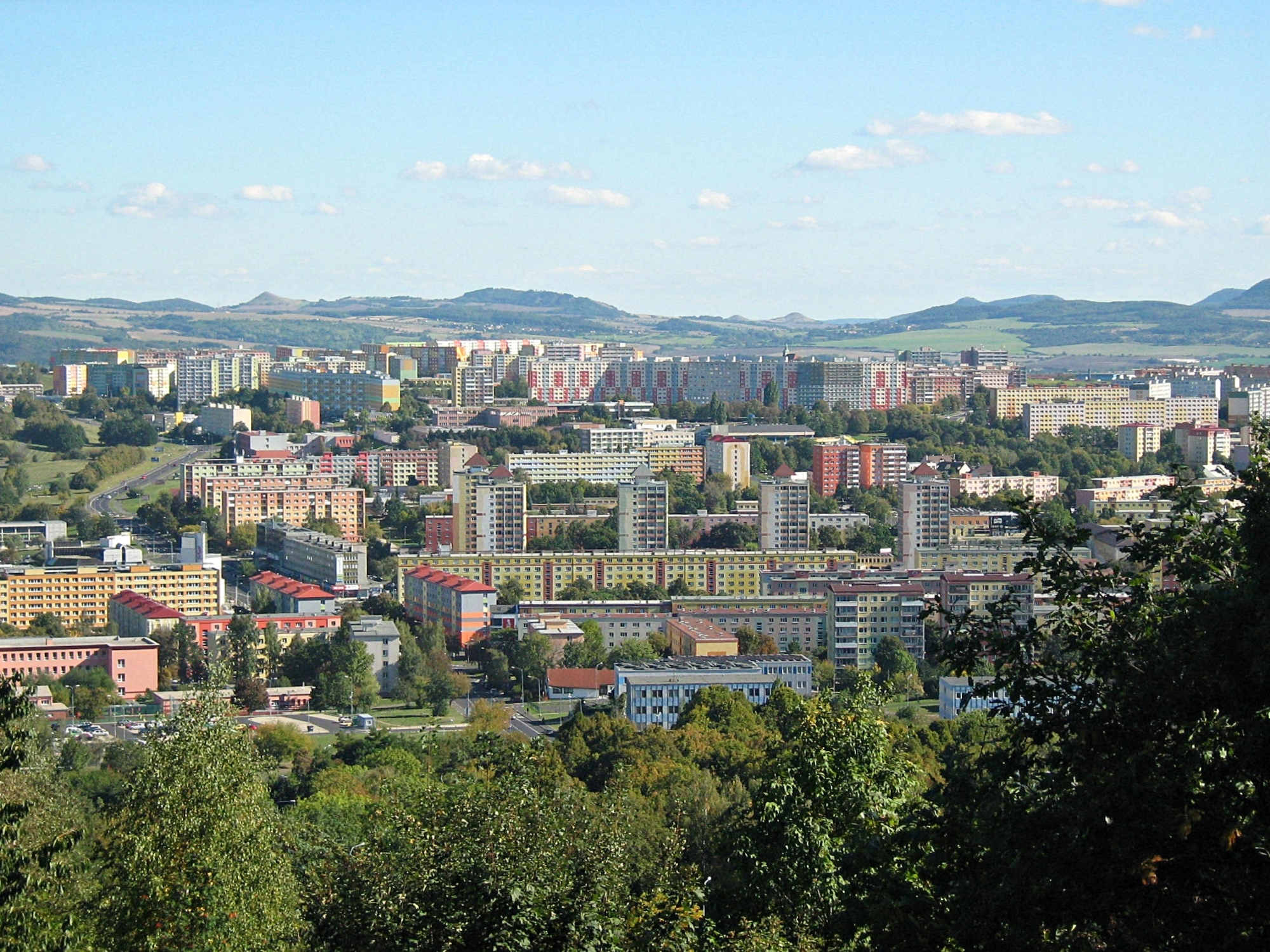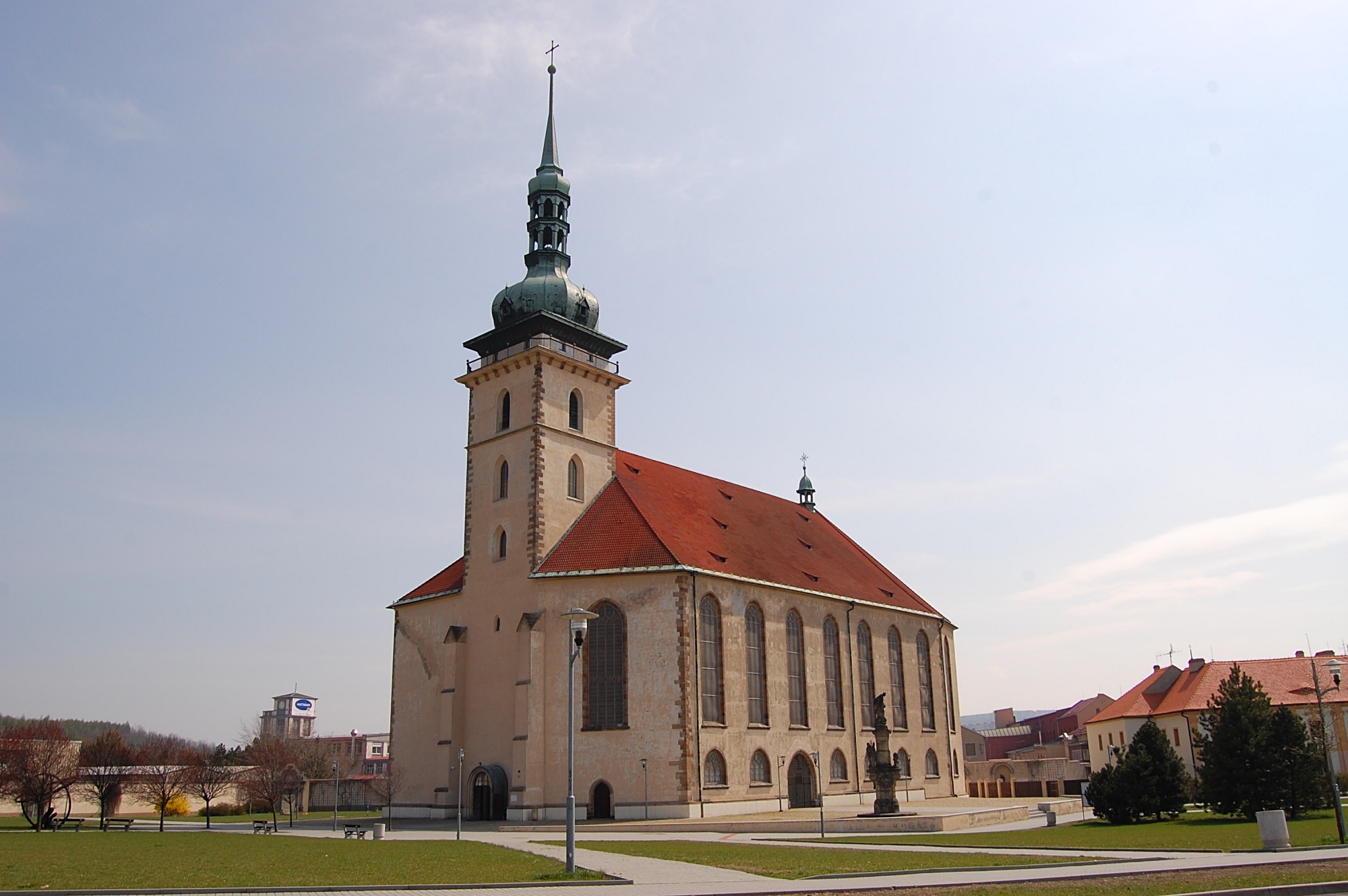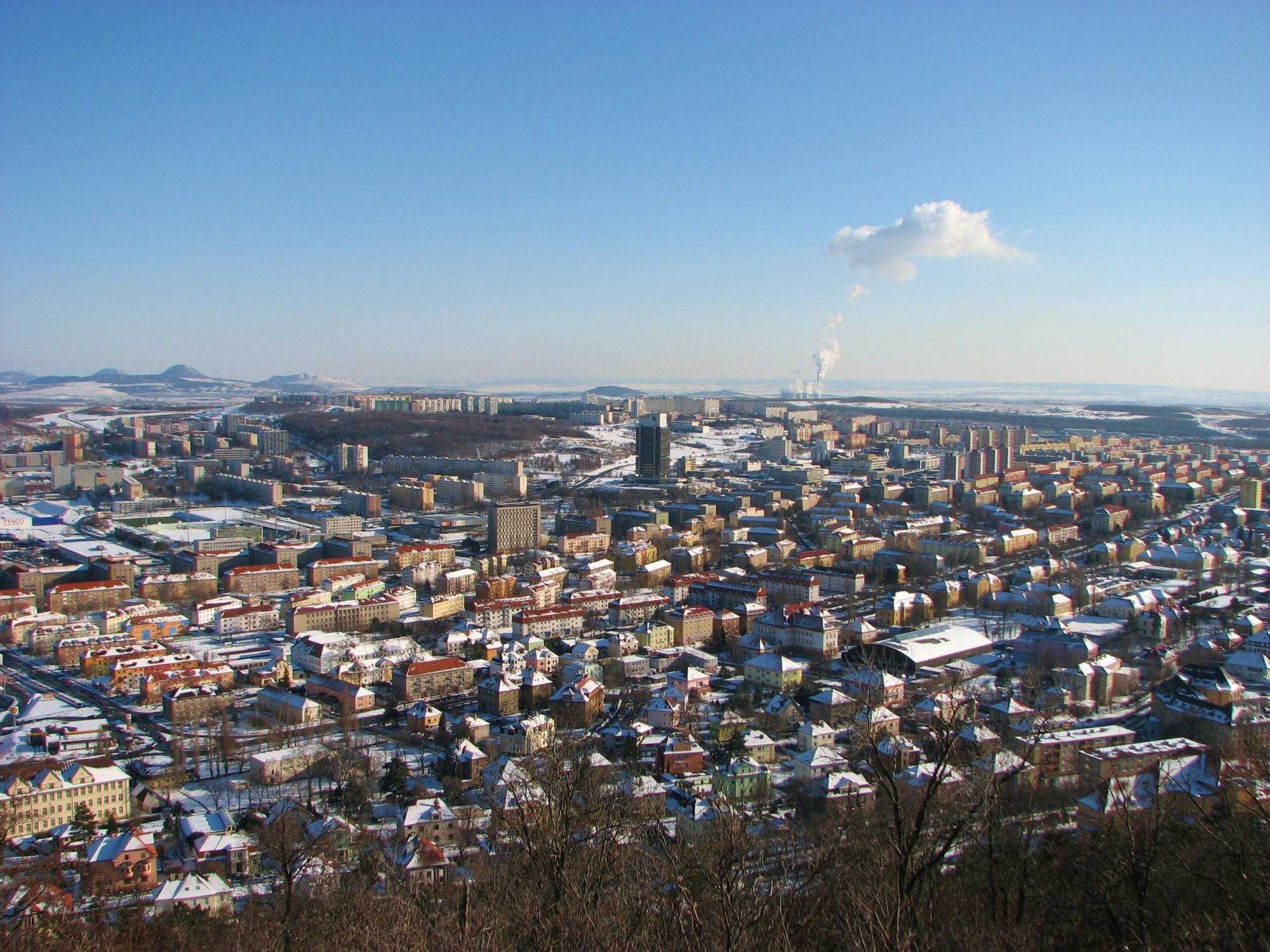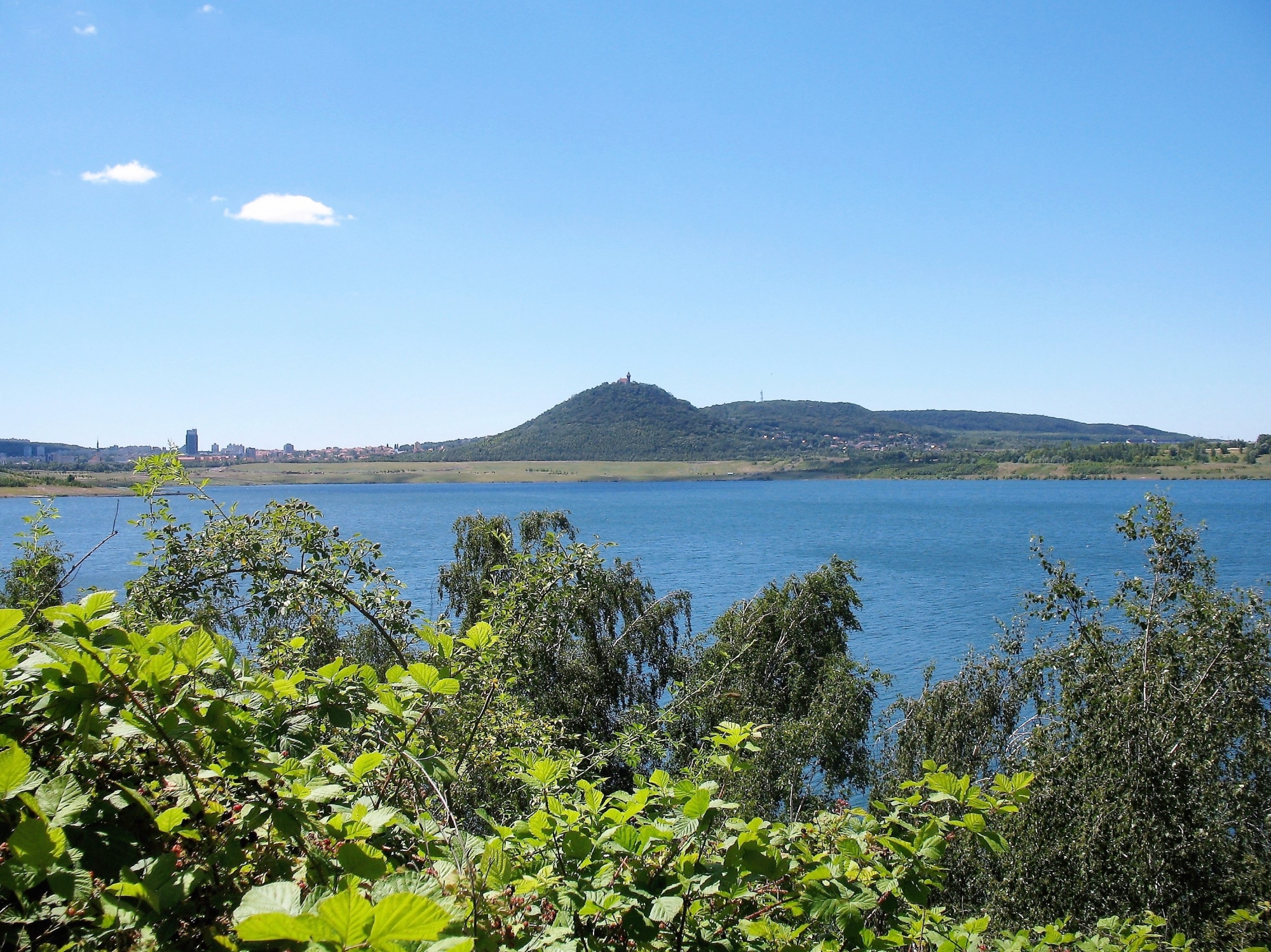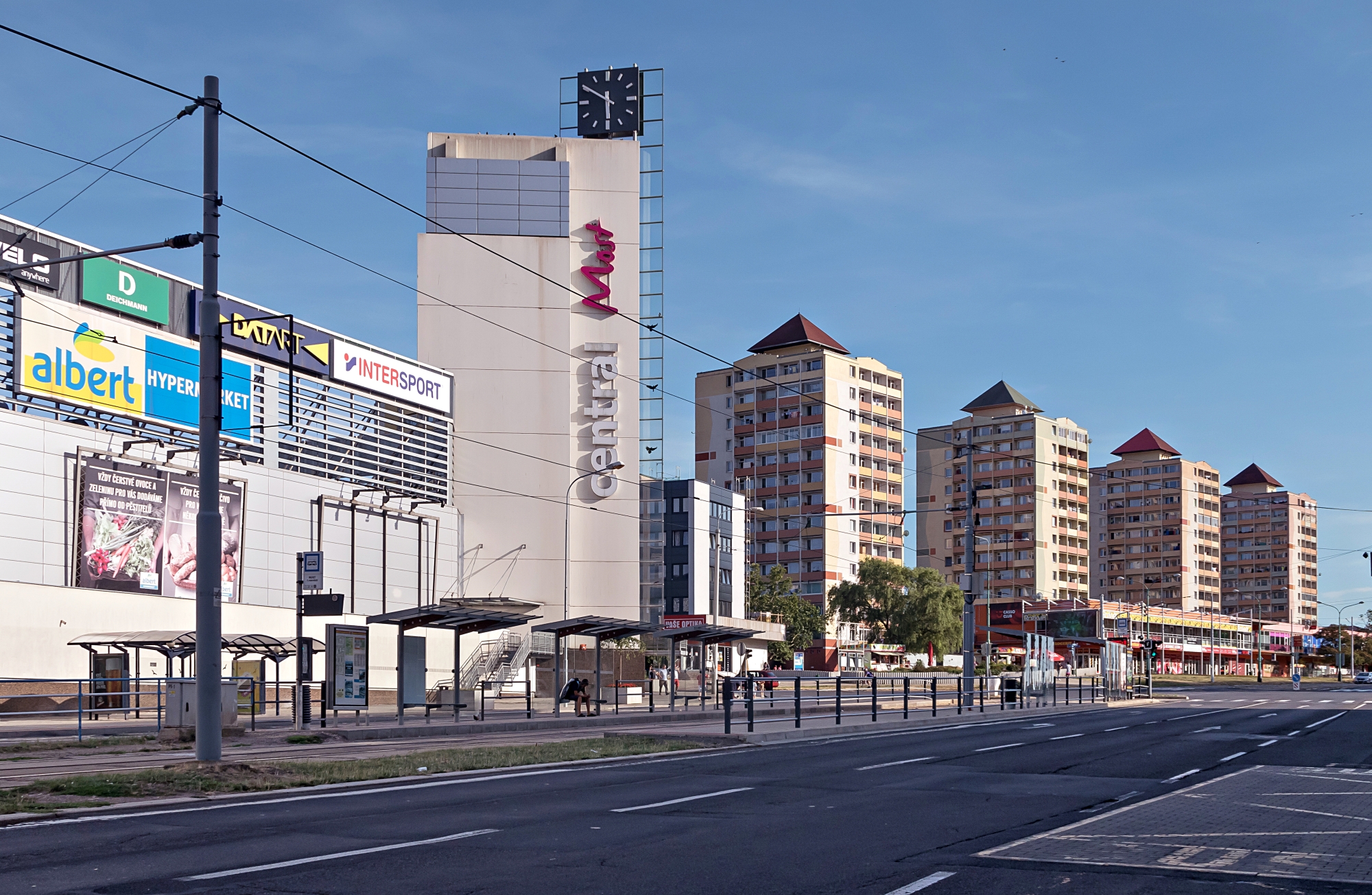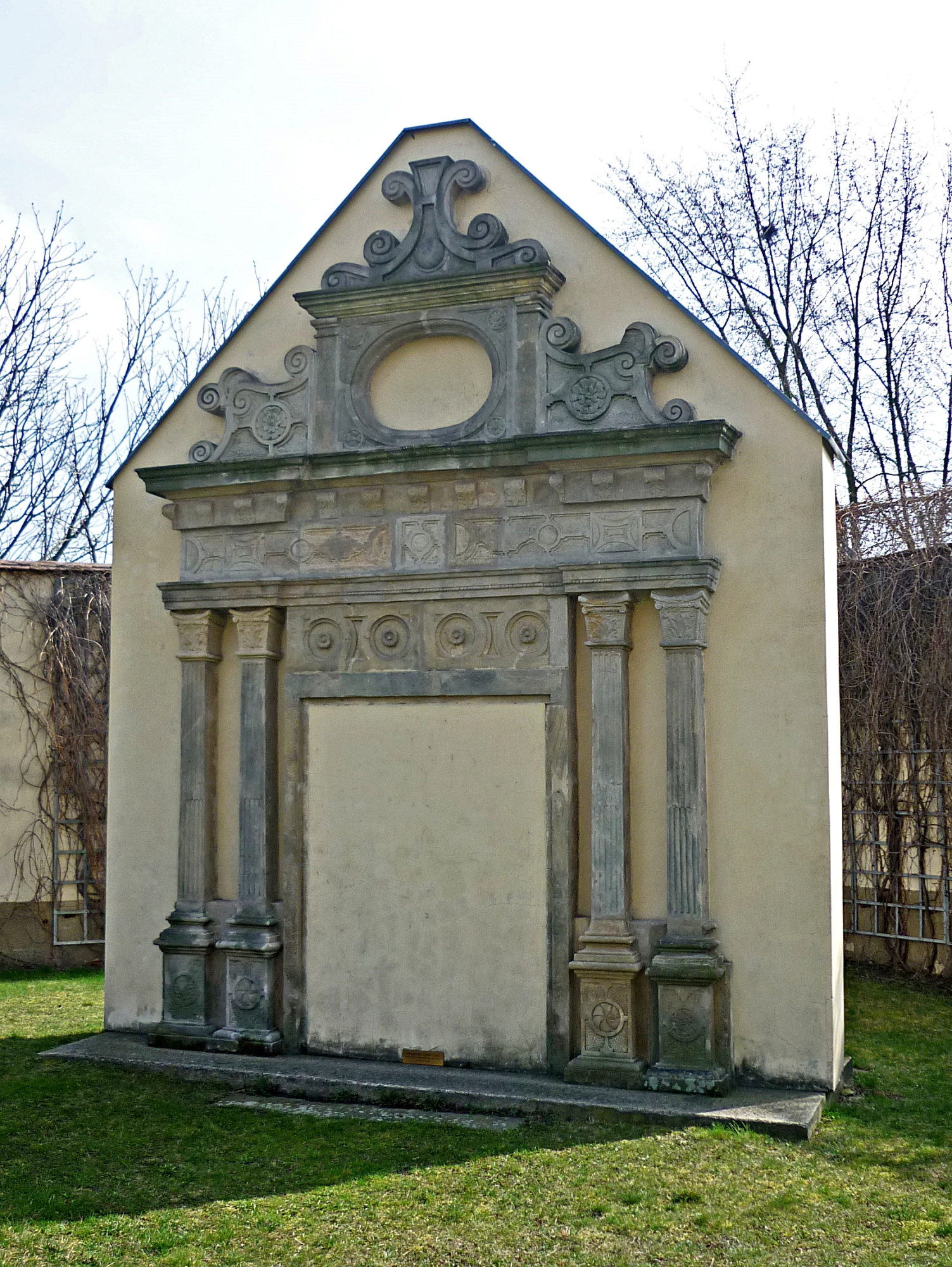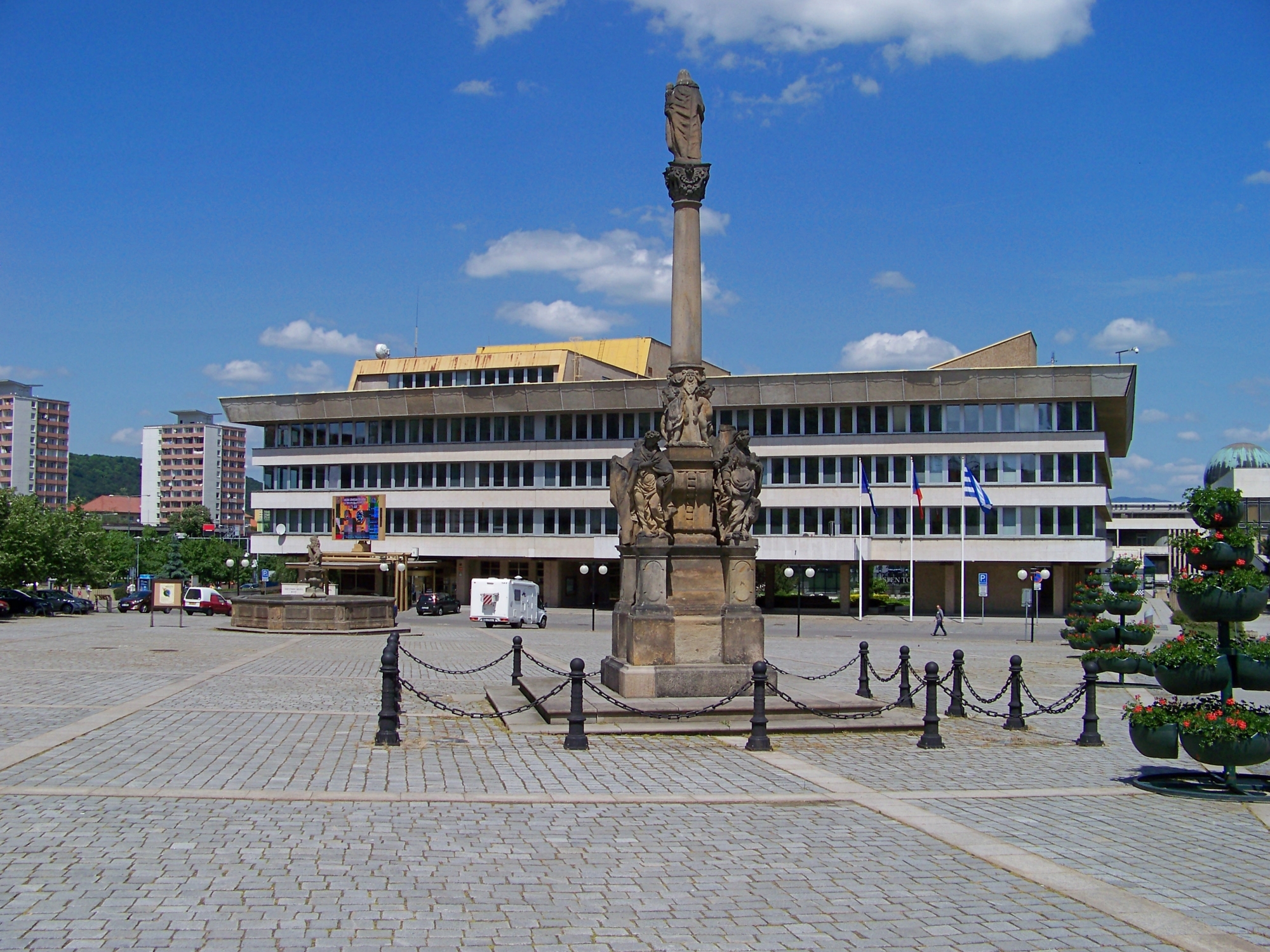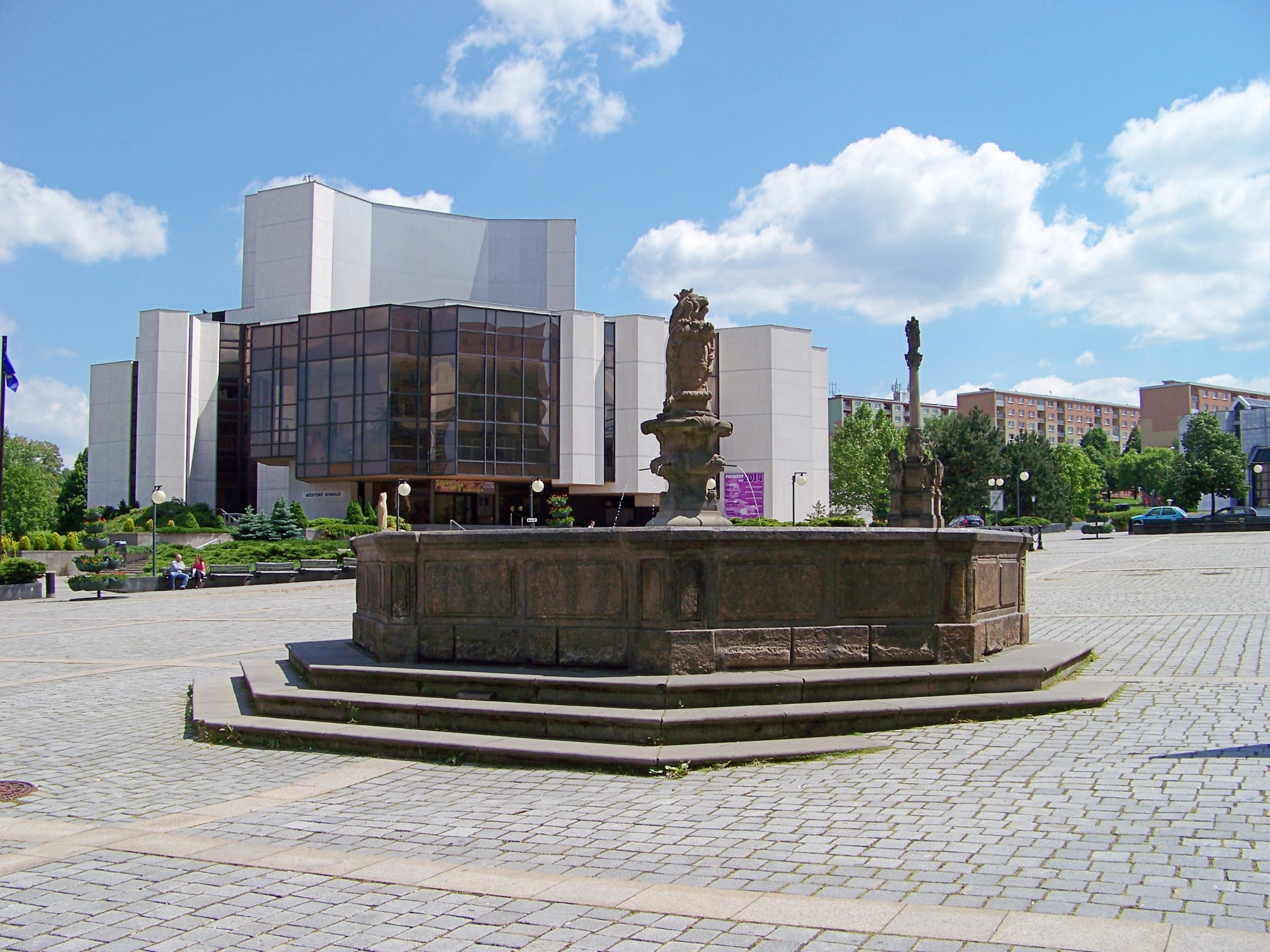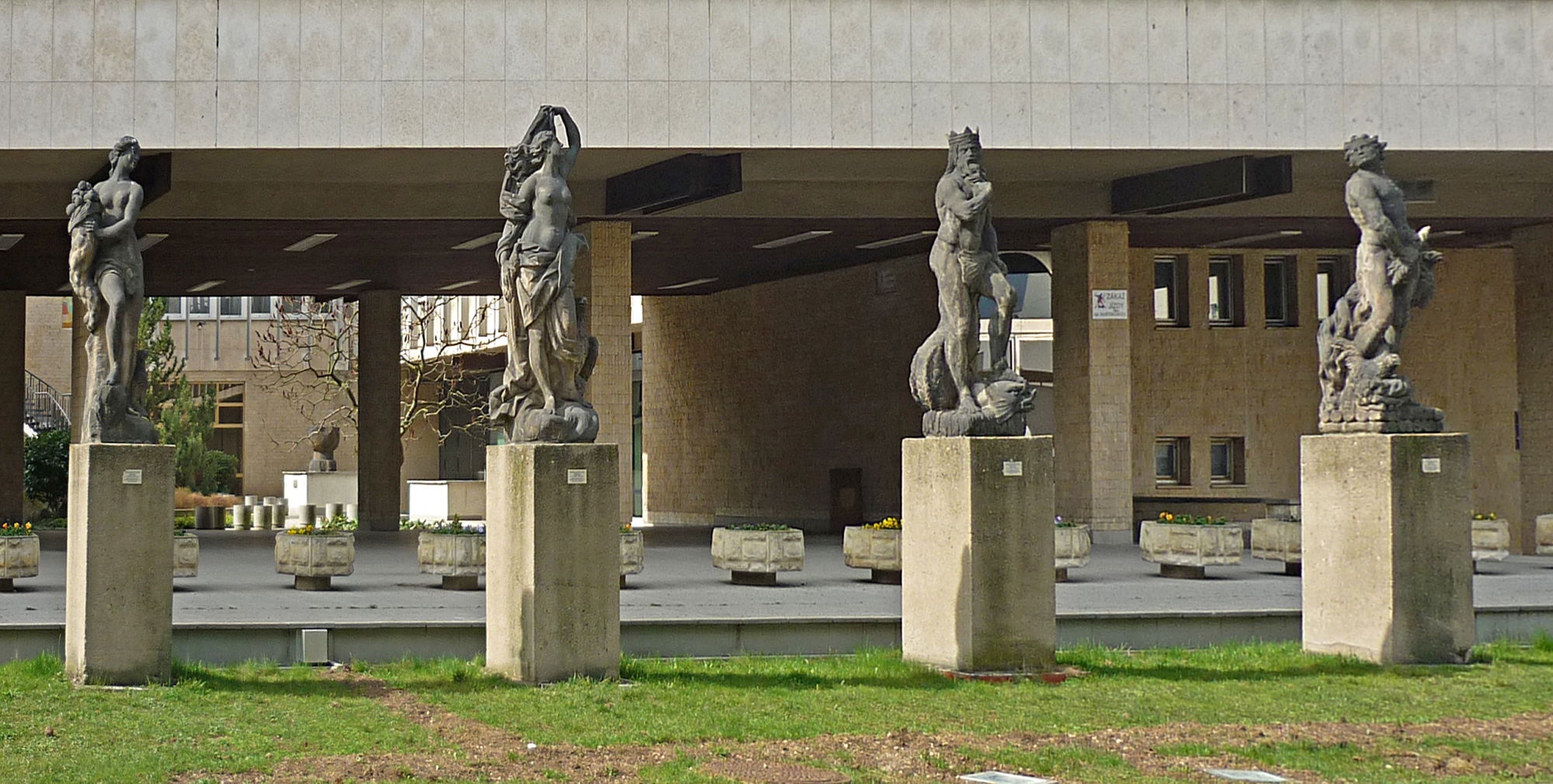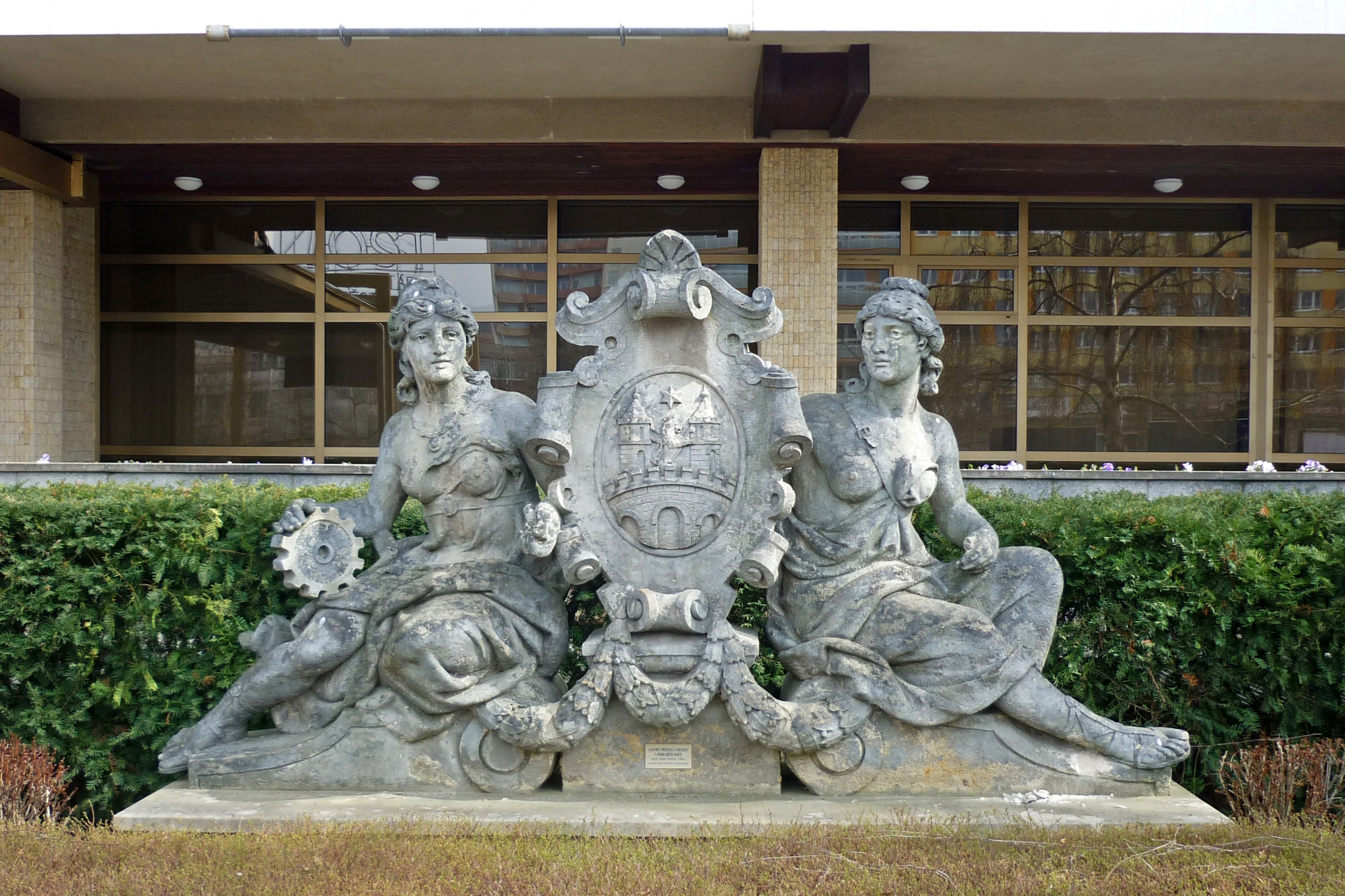The town of Most was once one of the most beautiful in the Czech Republic. The picturesque settlement was rich in outstanding monuments from various periods, mainly Gothic. It was often considered more charming even than Prague. What contributed to Bridge’s prosperity later became its curse. The rich coal deposits were exploited to the hilt, which first led to the collapse of the land and later to the complete liquidation of the town. Today, there is no trace of the Czech architectural gem.
The town was located in the vicinity of a lake and the Hnevín hill, which over the years turned into a swamp. The inhabitants therefore began to build numerous bridges, from where the settlement took its name. At the end of the 18th century, rich deposits of brown coal were discovered in the area. More mines soon began to spring up in the Bridge area, and after a time, a glassworks and a sugar factory. Coal fuelled the growth of the town, which was expanded with new districts, a tramway network was established, a railway line was brought in and many public buildings were built, and the population grew significantly. In 1870 regular rail transport of the black raw material began from Most, which became the coal centre of the region.
Bridge (German: Brüx) on a postcard from the early 20th century. Photo: Brück & Sohn Kunstverlag Meißen, CC0, via Wikimedia Commons
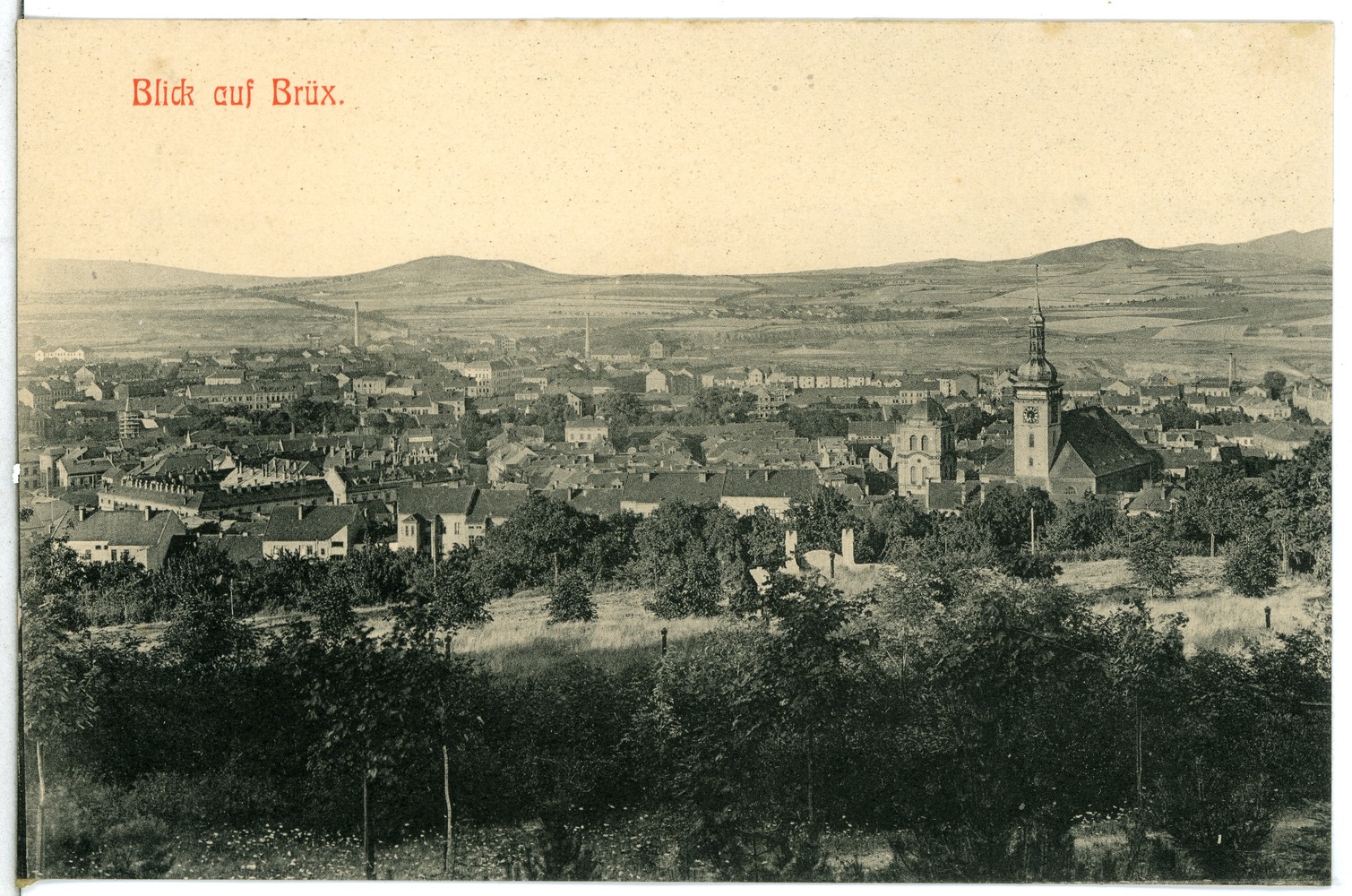
In 1895, intensive and uncontrolled mining led to a tragedy. On the rainy night of 19 to 20 July, the pit collapsed, triggering massive land movements. Chaos reigned in the town. Houses collapsed or were sucked underground. Panic was compounded by the outbreak of fire, with burst water pipes making it impossible to put out. The following day, the damage began to be counted. Dozens of residential buildings disappeared from the cityscape in a matter of hours, and many others were completely destroyed. In total, as many as 2 462 residents lost their homes during that tragic night. The bridge looked as it did after the war.
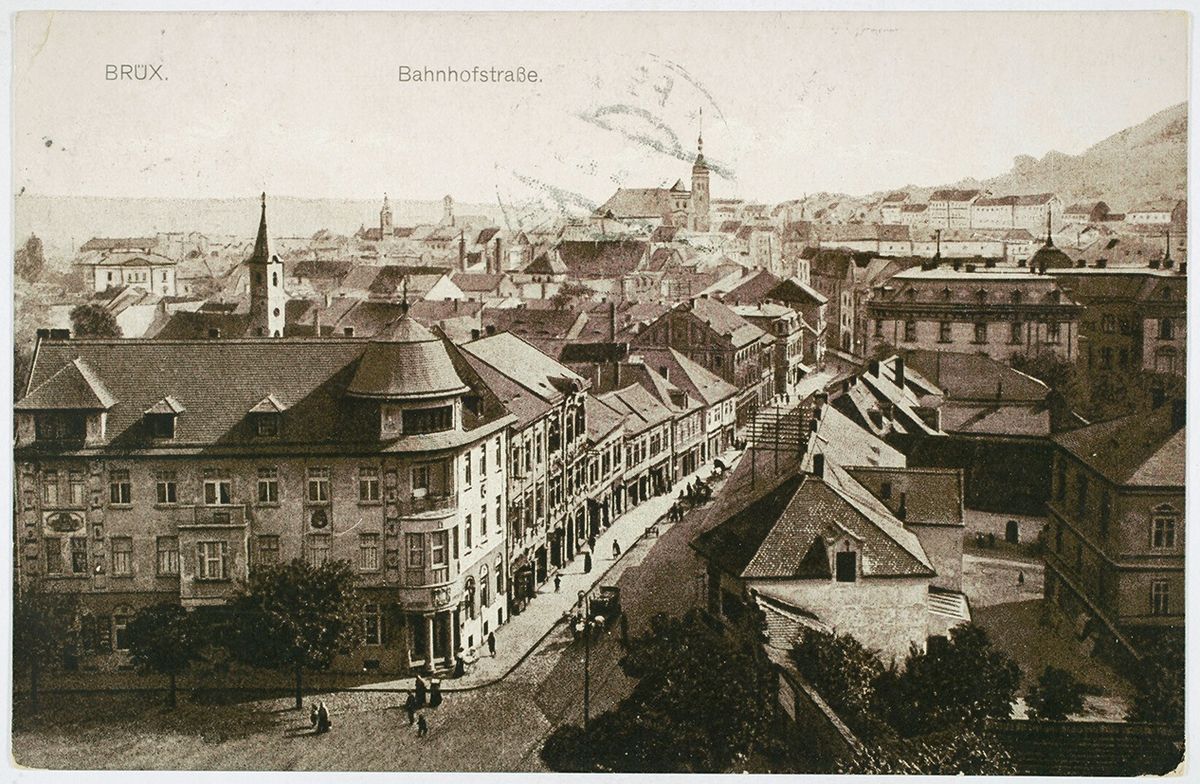
The situation repeated itself shortly afterwards, but the losses were less severe. Even this did not deter mine owners from continuing to exploit the deposits. In 1927, deep mines began to be replaced by open-pit mines. During the Second World War, the Bridge suffered because of its strategic importance for industry. After the war, the Soviet Union relied on large open-pit mines, which were much more efficient and fuelled the growing industry. The once charming area around the Bridge turned into a typically degraded landscape and the city, devoid of greenery and surrounded by apartment blocks, lost its former character. In 1963, the communists decided that the city of Most would be abolished. It was suspected that underneath the beautiful and valuable monuments there were huge deposits of coal.
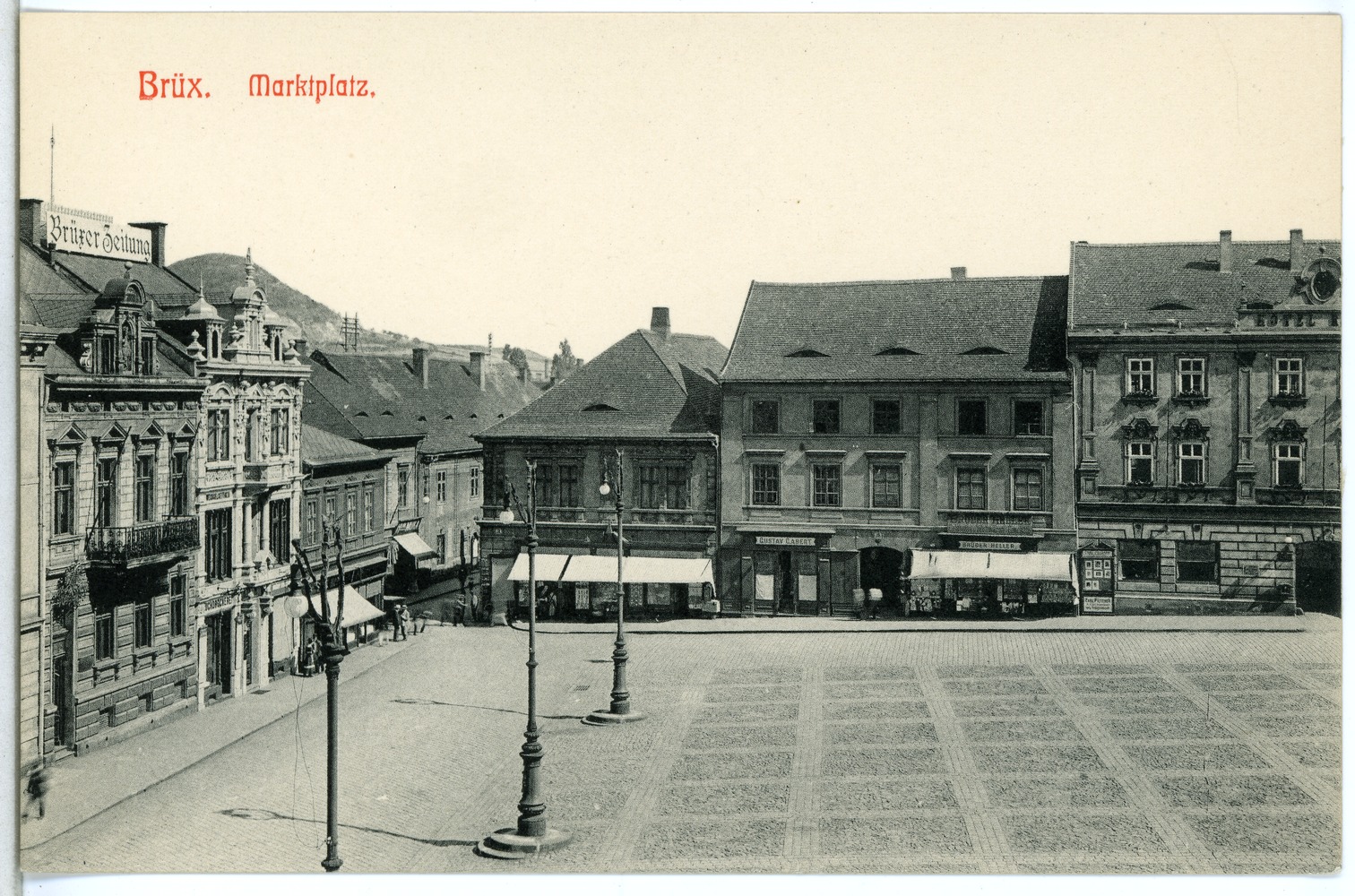
Soon afterwards, systematic demolition began. Gradually, both the residential buildings and the historic and priceless architecture of the Old Town disappeared. The bridge was decommissioned for more than two decades – from 1965 to 1987. Demolition began in the oldest parts of the city, where there were the aforementioned Gothic monuments – only Prague had more of these. The ruined landscape was reminiscent of Warsaw in 1944. It was even used in the filming of the TV series “Home”, where the ruins of the Czech city played the Polish capital. The destruction of the Bridge was also immortalised in another film:
Approximately 3,000 historic buildings were demolished in the city, most of them valuable townhouses (including bourgeois houses from the 13th to 15th centuries), but also churches. The bridge with its charming narrow streets, squares with fountains, soaring church towers or priceless townhouses is no longer there. Nothing remains but the Zahražany district and the Church of the Assumption of the Blessed Virgin Mary, which was saved by building special tracks and moving it entirely outside the demolished city. The inhabitants were forcibly relocated to the ‘new’ Bridge, i.e. the apartment blocks erected to the south of the former buildings. The losses of cultural and historical heritage were overwhelming, but they lost out to the possible gains. Thousands of high-quality tonnes of coal were extracted from the land beneath the historic town.
Today, the town of Most is a huge block of flats without character, housing 64 000 people. Only a few surviving fragments set in the town are reminders of the former architectural gem. All that is left of the former historic centre and then the open-cast coal mine is a lake.
Source: mesto-most.cz, next.gazeta.pl
Read also: Architecture | Urban planning | Monument | City | History | Czech Republic

